Customizable Products aren’t just an option—they’re quickly becoming an essential part of any successful business strategy. From adding personalized text on a mug to allowing customers to build their own sneakers, customization delivers a personal touch that resonates far beyond a simple purchase.
It’s an approach that makes shoppers feel valued, keeps them engaged, and transforms an ordinary sale into a memorable experience.
In this guide, you’ll discover why customization truly matters and how to weave it into your offerings for a big impact on customer satisfaction and loyalty.
Let’s dive in and turn your brand into a go-to destination for all things personalized!
The Power of Customizable Products: Why They Matter
Customizable Products can set your brand apart, but to truly harness their power, it’s crucial to understand what makes them so appealing to shoppers in the first place.
Let’s break down the key factors fueling this demand—and how embracing it can propel both customer loyalty and your bottom line.
Consumer Desire for Personalization
Today’s consumers increasingly seek products that reflect their tastes and preferences. This desire for personalization is driven by a broader cultural shift toward valuing uniqueness and self-expression.
Customizable products cater directly to this, allowing customers to modify items to suit their specific needs, whether it’s selecting the color of a phone case or designing a completely custom piece of jewelry.
Customers experience a sense of ownership and satisfaction when they personalize a product, knowing their purchase is unique and tailored to their preferences.
Personalized experiences increase the product’s perceived value while strengthening the bond between brand and customer.
Competitive Differentiation
It’s no secret that today’s market can feel crowded, with brands constantly vying for the spotlight. Offering Customizable Products allows you to carve out a unique selling point that instantly sets you apart from competitors.
Instead of being just another option on the shelf, your brand becomes the go-to choice for shoppers seeking something that feels distinctly “them.”
On top of standing out, customization can help you foster a positive brand image. By encouraging customers to participate in the creation process—whether they’re choosing colors, materials, or entire designs—you position your brand as flexible, innovative, and customer-focused.
This level of involvement elevates your brand beyond a mere transaction, building a stronger connection with your audience.
Strengthening Brand Loyalty
When shoppers have the chance to tailor a product to their preferences, they feel an emotional investment in the final outcome.
That emotional investment often leads to a deeper relationship with your brand because the customer sees you as someone who “gets” them. In the long run, this sense of connection can foster loyalty and keep them coming back for more.
Moreover, loyal customers frequently become enthusiastic ambassadors, sharing their unique products on social media and recommending your brand to friends and family.
It’s a ripple effect: each satisfied customer who proudly displays their customized purchase essentially promotes your business to others with similar tastes—amplifying your brand visibility through word of mouth.
Generating Valuable Customer Insights
Every time someone personalizes a product, they’re revealing a little bit about their style, preferences, and needs. This wealth of data gives you a clearer picture of who your customers really are and what resonates with them.
With those insights, you can refine future product lines, tailor your marketing efforts, and identify emerging preferences before your competitors do.
Analyzing customization trends also lets you spot new business opportunities. Maybe a popular color choice inspires an entire themed collection, or a frequently requested material pushes you to explore a new product category.
By paying close attention to these choices, you stay agile, continuously improving your offerings to match evolving customer demands.
Examples of Successful Customizable Products
Here are some real-world examples to help you better understand how customizable products can be successfully implemented.
Lenovo’s Custom Laptops
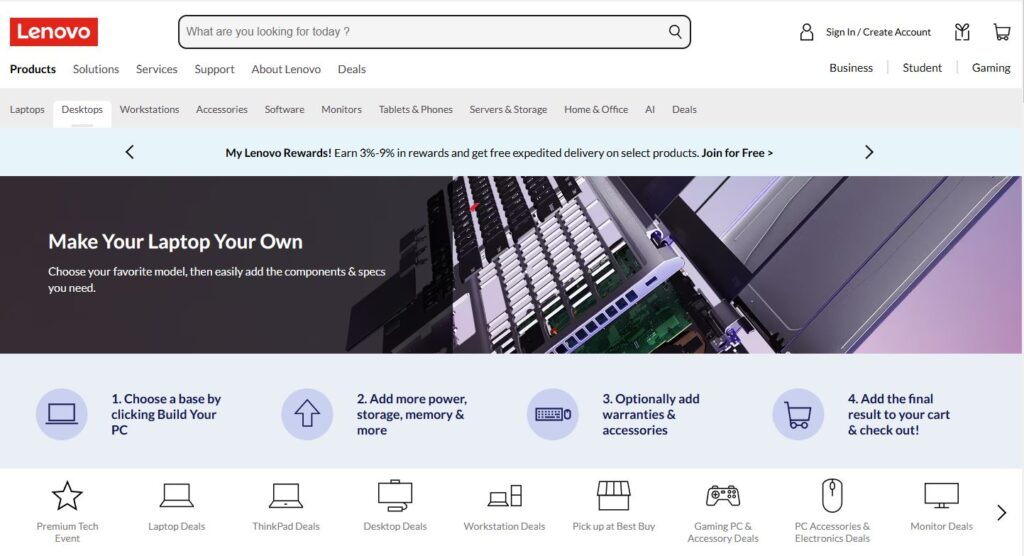
Lenovo allows customers to build laptops by selecting processors, memory, storage, and keyboard-type keyboards. This high level of customization attracts tech-savvy consumers and adds significant value by ensuring that the product meets the user’s specific requirements.
Nike By You
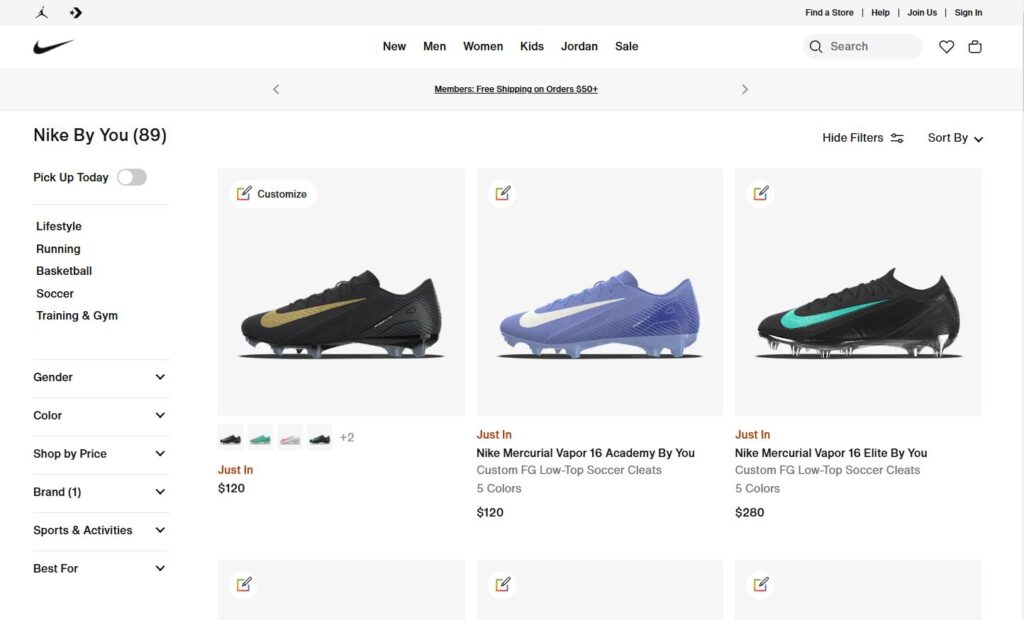
Nike By You is a popular service allowing customers to design shoes. Customers can create a unique pair of sneakers with options to choose colors and materials and even add personalized text.
This service has been incredibly successful, allowing Nike to tap into the desire for personalized fashion while charging a premium for customized products.
First Manufacturing Co Jackets
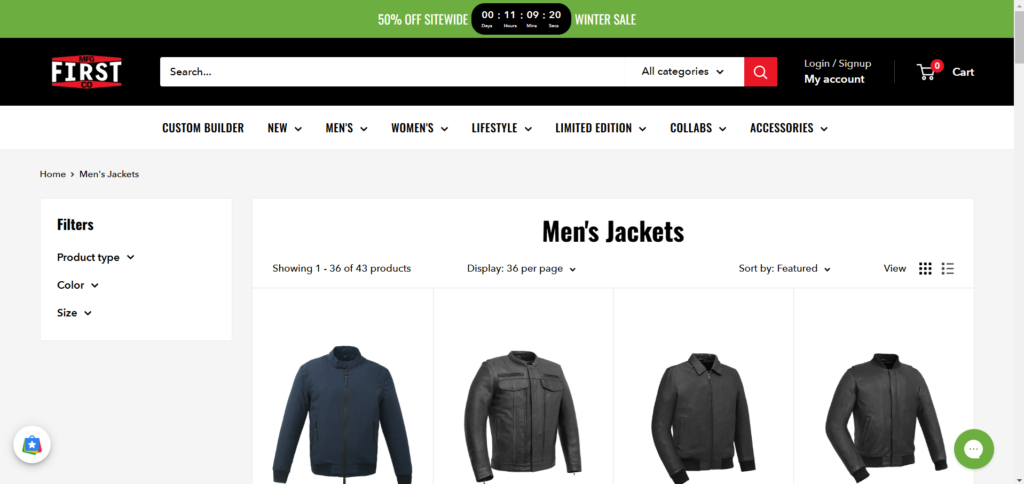
First Manufacturing Co offers customizable leather jackets, letting customers choose from various designs, fits, and details like embroidery or patches. This attention to individual preferences makes the brand a favorite among bikers and fashion enthusiasts alike.
Oakley Custom Glasses
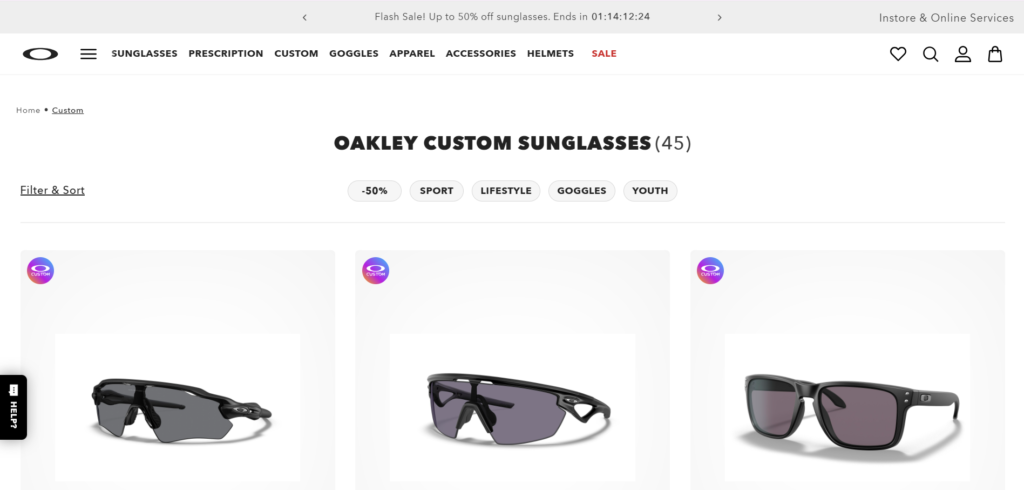
Oakley’s custom sunglasses allow users to select lens types, frame colors, and even etch personalized text on the lenses. This high level of personalization appeals to athletes and outdoor enthusiasts who want both style and functionality.
Dodocase Custom Phone Accessories
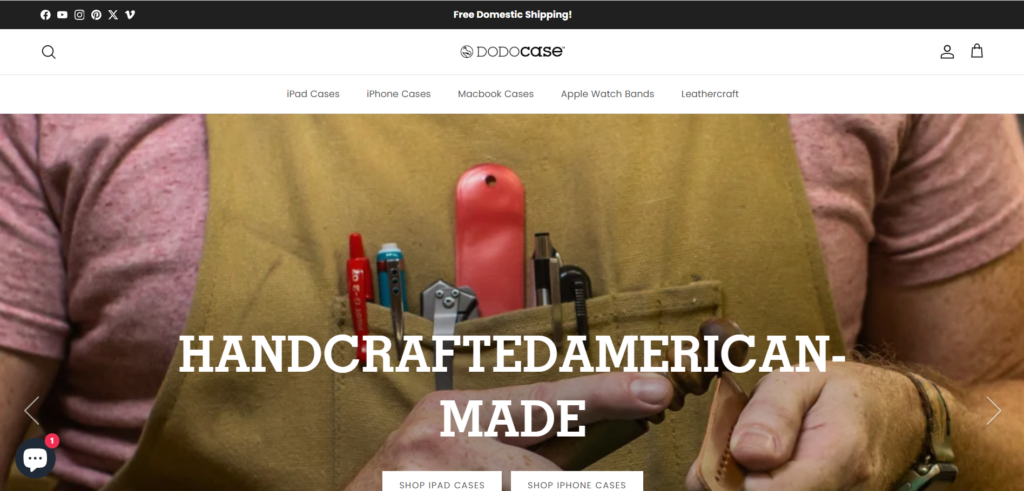
Dodocase offers customizable phone cases and accessories, allowing customers to choose designs, materials, and even add personal touches like monograms. This service combines practicality with individuality, creating products that are both stylish and functional.
M&Ms Personalized Candies
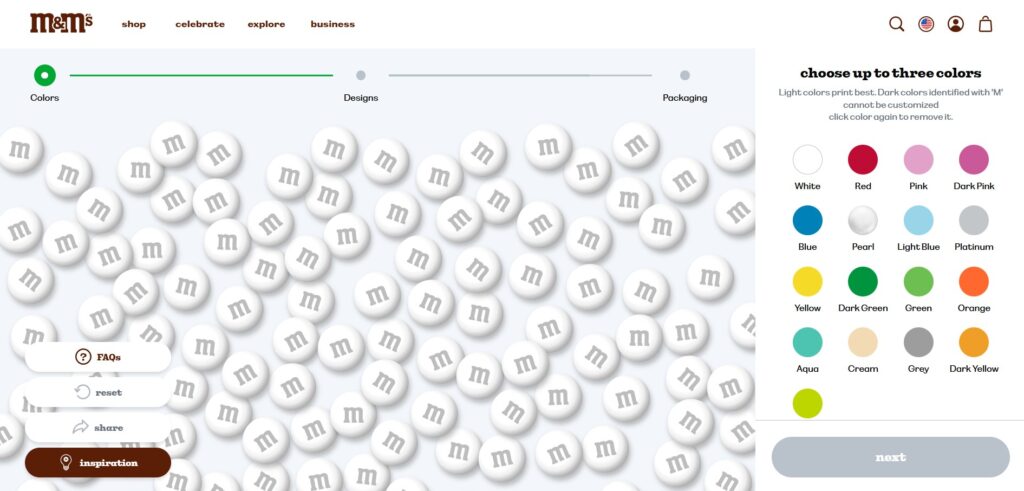
M&Ms provides a fun way to customize candy by letting customers choose colors, add custom messages, or even upload images to print on the candies. This has made M&Ms a favorite choice for personalized gifts and event favors.
MRP Sporting Goods
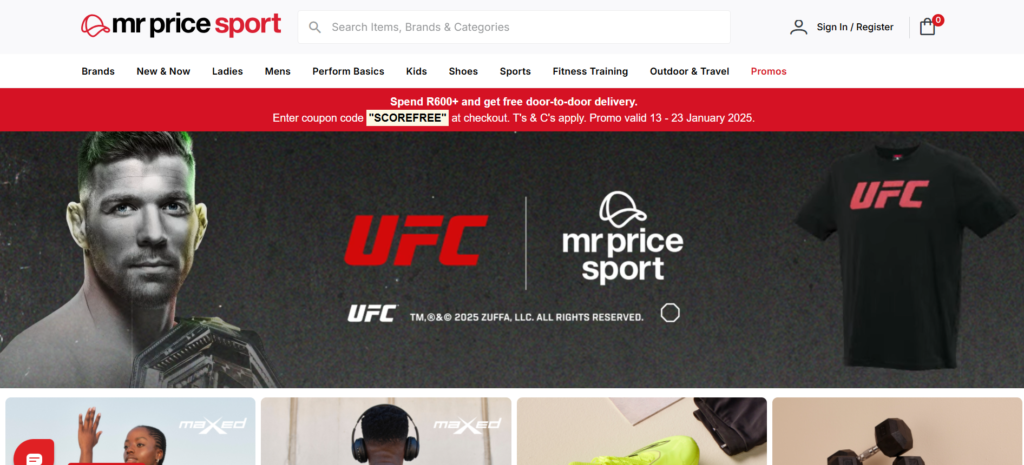
MRP specializes in customizable bike components, allowing cycling enthusiasts to choose features such as suspension settings, colors, and materials. This tailored approach appeals to riders looking for performance and individuality.
Timbuk2 Custom Bags
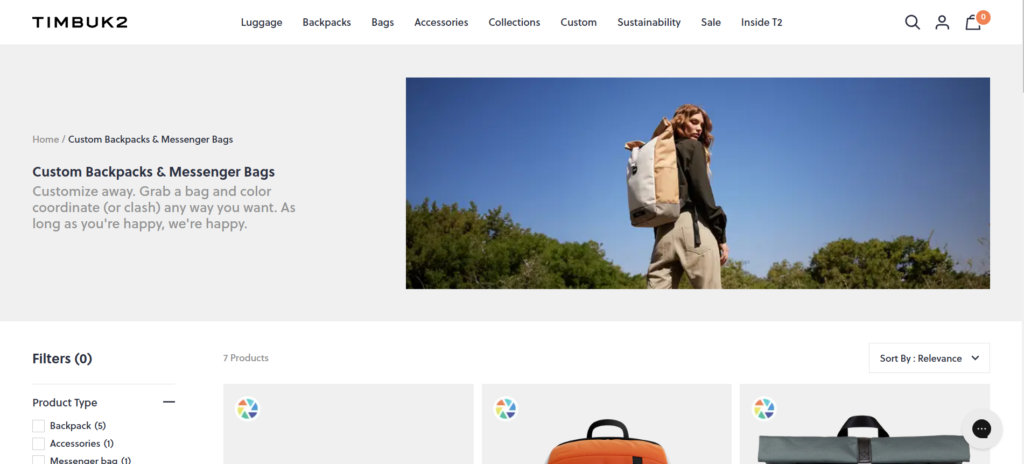
Timbuk2 allows customers to create custom bags by selecting materials, colors, and additional features like compartments and straps. This unique customization ensures that each bag suits the user’s style and practical needs.
Scuf Gaming Custom Controllers
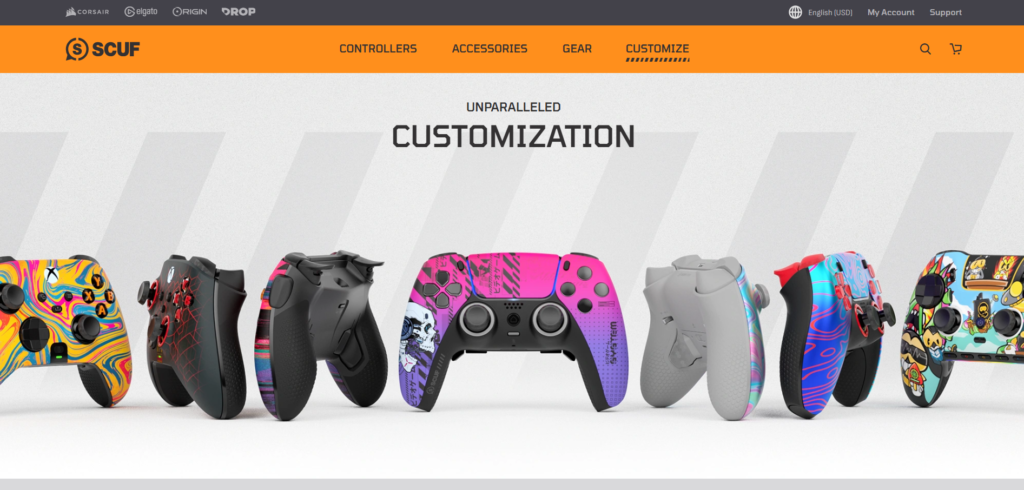
Scuf Gaming allows gamers to build custom controllers, choosing features like grip style, trigger options, and colors. This personalized approach ensures an optimized gaming experience and reflects individual gaming styles.
Kaikini Custom Swimwear
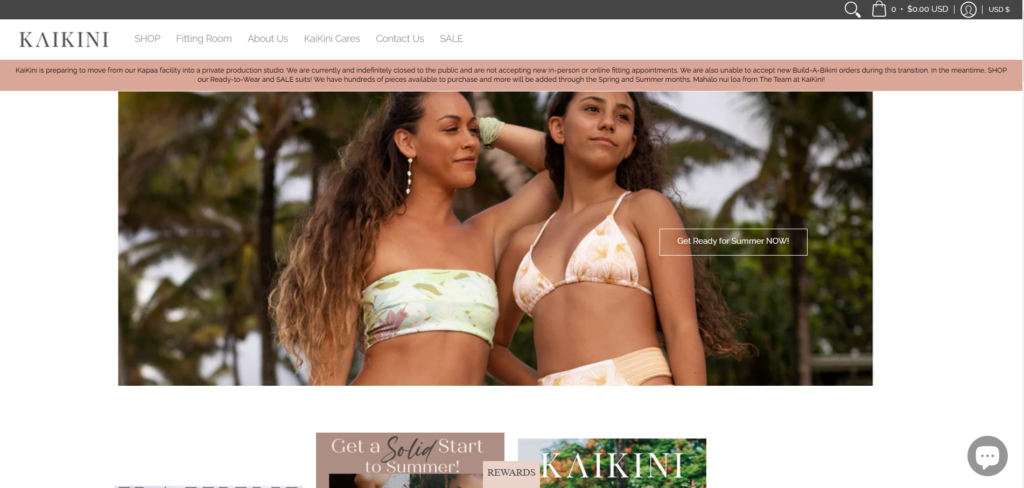
Kaikini offers customizable swimwear, letting customers select cuts, styles, and prints to match their body type and preferences. This personalized approach ensures every piece fits perfectly while reflecting the customer’s unique personality.
MyCustomCandy Personalized Treats
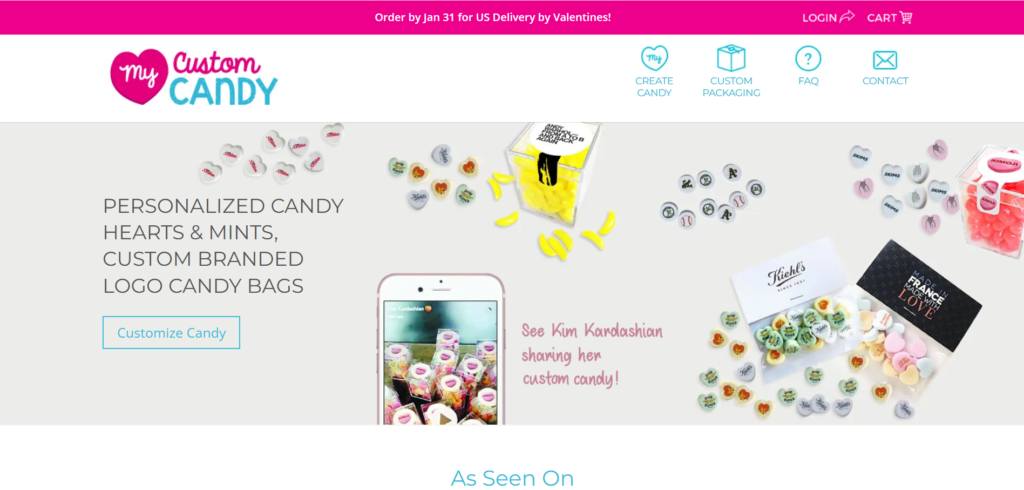
MyCustomCandy enables customers to create their own candy designs, choosing shapes, colors, and packaging. This makes it a hit for special events like weddings, parties, and corporate branding.
Appointed Custom Stationery
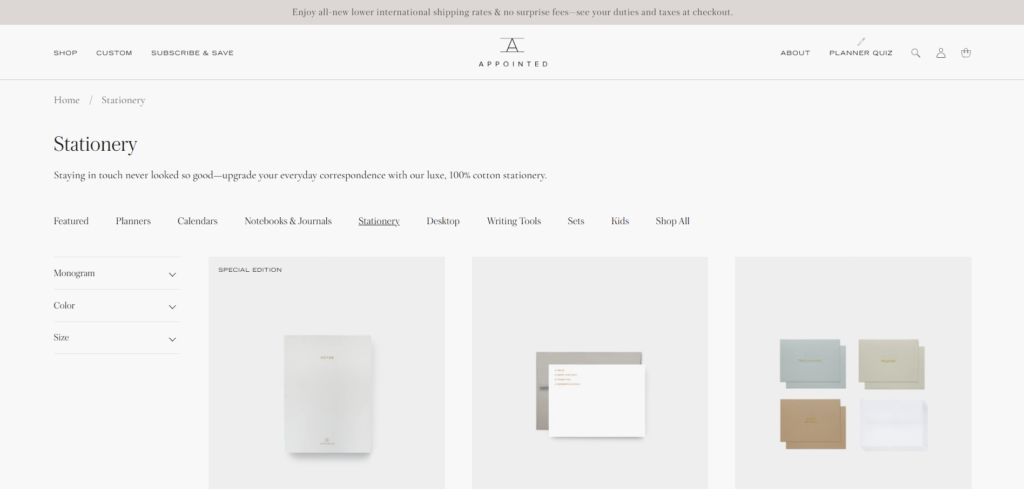
Appointed allows users to design bespoke stationery products like notebooks, planners, and notepads. Customers can choose covers, layouts, and personalization options, making their workspace both functional and stylish.
How to Successfully Implement Customizable Products in Business
Implementing customizable products in your business requires careful planning and execution. This section will discuss the key steps, from starting small to scaling your offerings to ensuring a seamless and enjoyable customer experience.
Step 1: Start Small and Scale
When introducing customizable products, it’s wise to start small. Begin with one or two products well-suited to customization, and see how your customers respond.
This strategy enables you to collect valuable feedback and make improvements before rolling out customization options to additional products.
For example, you can start by offering customizable T-shirts or mugs, which are simple to produce in various designs and can be personalized with minimal investment in new technology.
As you become more comfortable with the customization process and your customers respond positively, you can gradually expand your offerings to include more complex products.
Step 2: Invest in the Right Technology
Offering customizable products requires the right technology to facilitate the process. This could range from simple online tools that allow customers to choose colors and add text to more sophisticated software that enables them to build a product from scratch.
Companies like Shopify provide apps and plugins that can be integrated into your e-commerce store, offering a seamless customization experience for customers.
These tools allow users to see a live preview of their customized product, enhancing the experience and minimizing returns due to mismatched expectations.
Step 3: Focus on User Experience
The customization process should be as straightforward and enjoyable as possible. A complex or confusing interface can frustrate customers, leading them to abandon their purchase.
To avoid this, invest in a user-friendly design that guides customers through each step of the customization process.
Providing real-time previews, offering suggestions, and using visual cues can make the process more intuitive. Additionally, consider including tutorials or guides to assist customers unfamiliar with the customization options available.
Step 4: Offer a Range of Options
While offering enough customization options to meet your customers’ needs is essential, offering too many choices can be overwhelming.
Find a balance by providing a curated selection of customizable features that cater to a wide range of preferences without overwhelming the customer.
For example, when offering customizable clothing, you allow customers to choose the color, fabric, and fit but limit the number of color options to a manageable range.
This approach simplifies the decision-making process, allowing customers to create something unique.
Step 5: Showcase Customizable Products Effectively
When marketing customizable products, it’s crucial to showcase the options in a way that highlights their value.
Showcase the customization process using high-quality images and videos and highlight some unique combinations customers have created.
Include testimonials and user-generated content to build trust and inspire potential customers’ creativity.
By showing real-life examples of how others have customized their products, you can help new customers envision the possibilities and encourage them to purchase.
Product Customization Software
Product customization software enables businesses to offer personalized products by allowing customers to tailor items to their preferences. This approach enhances customer engagement, satisfaction, and sales. Below are some of the best product customization software solutions available:
Threekit
Threekit is a visual commerce platform that enables businesses to create interactive 3D, augmented reality (AR), and virtual photography experiences for product customization.
Customers can visualize and personalize products in real-time, boosting engagement and conversion rates.
Combeenation
Combeenation offers a flexible product configurator platform designed to handle complex customization scenarios. It supports various industries by providing tools for creating interactive and user-friendly product configuration experiences.
Doogma
Doogma provides customization solutions for e-commerce businesses, allowing customers to personalize products with various design options. It supports a wide range of products, including apparel, accessories, and more, enhancing the shopping experience through interactive design tools.
Kickflip
Kickflip is a user-friendly product customizer that empowers businesses to offer personalized products online. It features an intuitive interface with live previews, text and image customization, dynamic pricing, and seamless integration with popular ecommerce platforms like Shopify and WooCommerce.
ConfigureID
ConfigureID provides a comprehensive platform for product customization, offering 3D and photorealistic visualizations. It enhances the customer design process by allowing real-time modifications and detailed inspections of products.
Zakeke
Zakeke offers AI-powered visual commerce solutions, including a 3D product configurator and customizer for e-commerce. It enables businesses to provide unlimited, intuitive online customization with integrated AR visualization, enhancing customer engagement and satisfaction.
Inkybay
Inkybay is a product customization software designed for print shops and personalized product-selling stores. It helps businesses increase sales, reduce errors, save time, and lower production costs. It integrates seamlessly with platforms like Shopify.
KONFIGEAR 3D Product Configurator
KONFIGEAR provides a robust admin panel for managing and updating product details, pricing, and customization options. Its intuitive dashboard ensures quick updates, enabling businesses to stay competitive and adapt offerings easily.
Tacton
Tacton specializes in complex B2B customization scenarios, particularly in the manufacturing sector. It offers tools for configuring industrial equipment and products while integrating seamlessly with CRM and ERP systems for streamlined operations.
MyCustomizer
MyCustomizer offers a simple yet powerful tool for creating customizable products across various industries. Its platform integrates with e-commerce sites and allows customers to personalize their purchases with real-time previews.
Productimize
Productimize provides an enterprise-grade product customization platform for businesses looking to offer tailored options to their customers. It supports 3D previews, dynamic pricing, and extensive integrations with major e-commerce platforms.
Addressing Challenges in Offering Customizable Products
Offering customizable products can be incredibly rewarding, but it also comes with its own set of challenges.
Managing Inventory and Production Costs
One of the main challenges of offering customizable products is managing inventory and production costs. Since each product is unique, predicting demand and maintaining efficient production schedules can be challenging.
To address this challenge, consider implementing a made-to-order model, where products are only created once an order is placed. This approach minimizes inventory costs and reduces waste, as you only produce what you’ve already sold.
Additionally, investing in flexible manufacturing processes that can handle small-batch production can help keep costs down while offering a broad range of customization options.
Ensuring Product Quality
Ensuring that each customized product meets your quality standards is another challenge. With so many variations, there’s a risk that some items may not meet customer expectations, leading to dissatisfaction and returns.
Implement rigorous quality control processes at every production stage to mitigate this risk. This could include automated checks during the customization process and manual inspections before products are shipped.
Furthermore, offering detailed product descriptions and clear images on your website can help set accurate expectations, minimizing the risk of customer dissatisfaction.
Handling Returns and Exchanges
Returns and exchanges can be particularly tricky with customizable products, as these items are often difficult to resell. To manage this, be clear about your return policy before customers place their orders.
Consider offering a satisfaction guarantee allowing minor adjustments or remakes rather than full refunds, which can help protect your margins while keeping customers happy.
Delivering excellent customer service throughout the customization process can help minimize issues that lead to returns. By ensuring that customers are satisfied with their choices before they purchase, you can reduce the likelihood of returns and build stronger customer relationships.
Future Trends in Customizable Products
Advancing technology and shifting consumer preferences are shaping the future of customizable products. From AI and VR to sustainable materials and blockchain, these trends are set to redefine how products are designed, produced, and consumed.
As customization becomes more accessible and integrated into various industries, businesses must stay ahead of these trends to meet the growing demand for personalized experiences.
Increased Use of AI and Machine Learning
AI and machine learning are increasingly becoming central to the customization process. These technologies can analyze customer preferences and provide personalized recommendations, making the customization process more tailored and efficient.
For instance, AI-driven tools can recommend product features or designs by analyzing a customer’s past purchases or browsing behavior, resulting in a more personalized shopping experience.
Machine learning algorithms can also help optimize production processes, reducing costs and improving efficiency.
Expansion of Customization Beyond Products
Customization is no longer limited to physical products; it’s also expanding into services and experiences. Some companies now offer personalized travel itineraries, customized fitness plans, and even personalized educational programs tailored to an individual’s preferences and needs.
As this trend continues, businesses that can offer personalized experiences in addition to customizable products will have a significant competitive advantage.
By adopting a comprehensive approach to customization, you can craft a more engaging and fulfilling experience for your customers, ultimately fostering greater loyalty and ensuring long-term success.
Conclusion: The Power of Customization
Customizable products go beyond personalization—they offer opportunities to foster deeper connections through co-creation and storytelling.
By encouraging customers to share their designs or participate in limited-edition collaborations, businesses can build a sense of community and transform customers into passionate advocates. This not only amplifies brand visibility but also deepens emotional loyalty.
Moreover, customization can drive innovation and sustainability. Analyzing customer preferences reveals trends that inspire new product ideas, while made-to-order models reduce waste and align with eco-conscious values.
By integrating personalization with broader brand goals, businesses can craft meaningful experiences that resonate with customers and ensure lasting success.
Related:
- Shopify vs Amazon: Which Platform Is Right for Your Business?
- Best E-commerce Platforms: How to Choose the Right One for You
- Digital Branding For Your Small Business: Essential Guidelines To Follow

We empower people to succeed through information and essential services. Do you need help with something? Contact Us.
Want a heads-up once a week whenever a new article drops?







